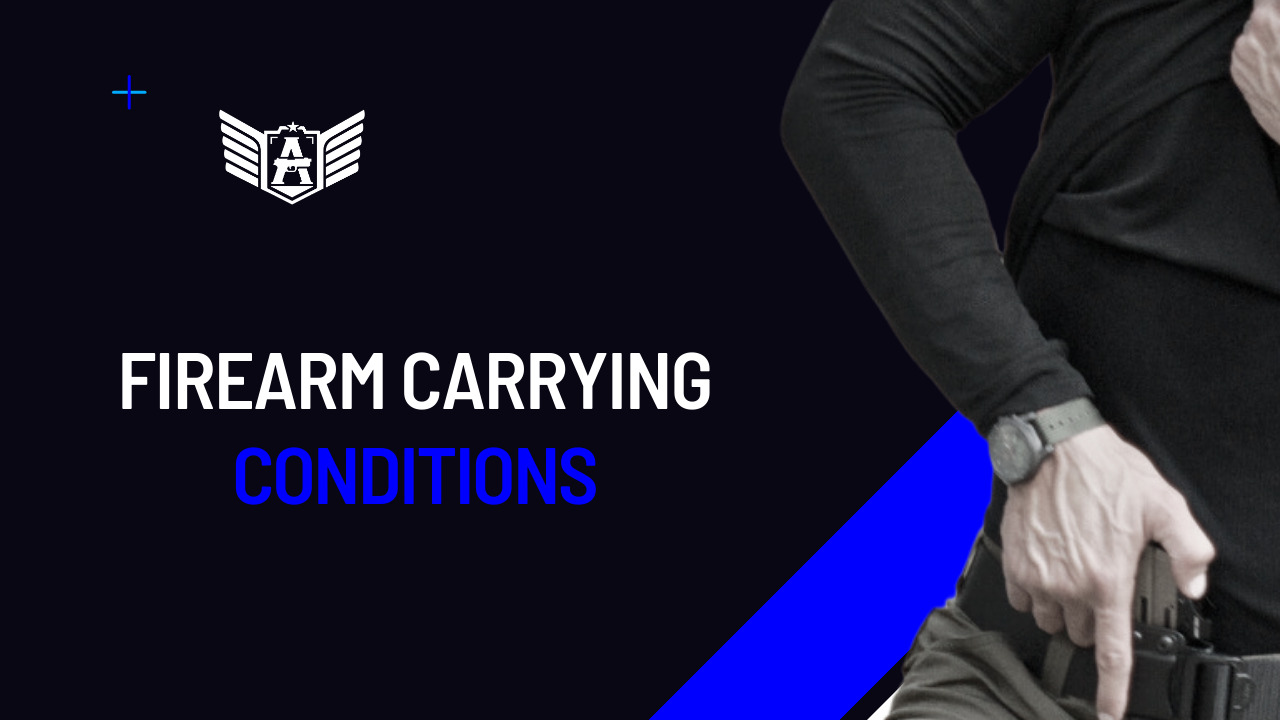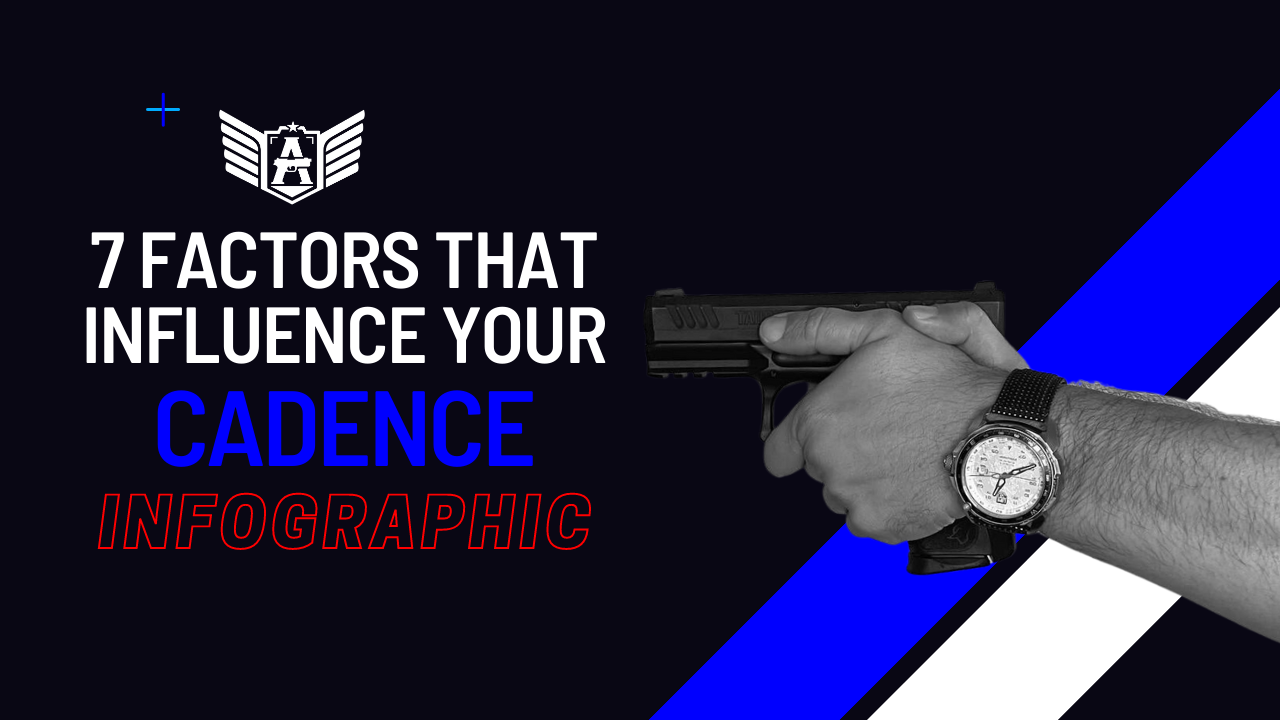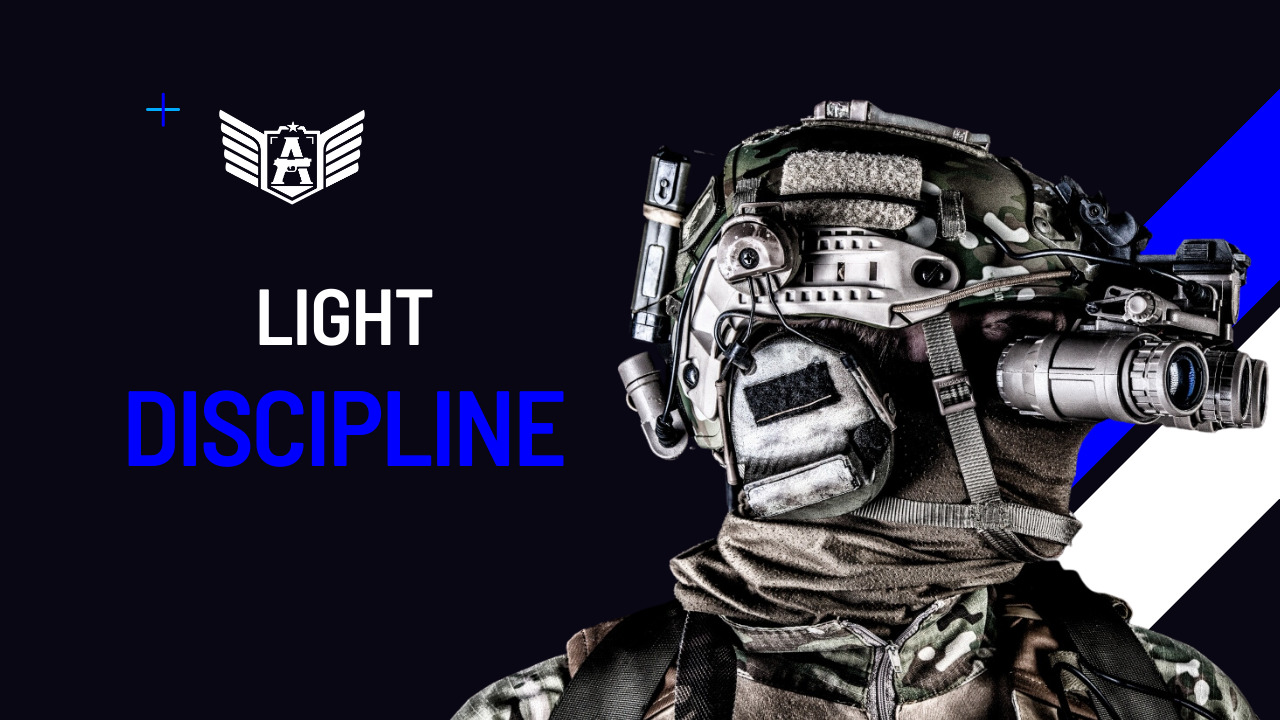If you’ve ever carried a firearm, you’ve likely considered the optimal way to do so, taking into account safety and the ability to respond promptly to potential threats. One of the primary considerations is whether the firearm should be carried with a round chambered and whether the hammer should be armed or disarmed.

There are five firearm carry conditions, categorized based on readiness to fire, with condition 0 being the most prepared and condition 4 the least prepared.
In condition 0, the firearm is loaded, the hammer is armed, and the safety is disengaged. In condition 1, ammunition is in the chamber, the hammer is armed, and the safety is engaged. Condition 2 involves ammunition in the chamber, but the hammer is disarmed. Condition 3 signifies an empty chamber with the magazine inserted in the firearm. Condition 4 denotes an empty chamber with no magazine in the firearm.
- Condition 0 (C0) – Loaded firearm, cocked hammer, safety disengaged.
- Condition 1 (C1) – Round chambered, cocked hammer, safety engaged.
- Condition 2 (C2) – Round chambered, hammer disarmed.
- Condition 3 (C3) – Empty chamber, magazine inserted in the firearm.
- Condition 4 (C4) – Empty chamber, no magazine.
Understanding the carry conditions of a firearm is a significant step toward making an informed choice about how to use your weapon, taking into account factors such as readiness and safety. Moreover, by using the classification from 0 to 5, communication among shooters becomes more precise, making processes inside and outside shooting ranges more straightforward and secure.




